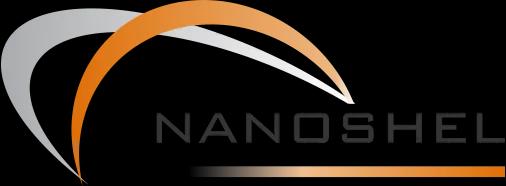Metal Powder
Magnesium Powder
(Mg, Purity: 99%, APS: 40-50µm)
Magnesium Powder
Available Pack Size: 10Gms, 25Gms, 50Gms, 100Gms, 250Gms, 500Gms, 1Kg & Bulk orders

Magnesium Powder - SEM/TEM
Particles Size Analysis – Mg Powder

Particles Size Analysis - Mg Powder
.jpg)
Magnesium Powder
| Product | Magnesium Powder | |
| Stock No | NS6130-05-536 | |
| CAS | 7439-95-4 | Confirm |
| Purity | 99% | Confirm |
| APS | 40-50µm | Confirm |
| Molecular Formula | Mg | Confirm |
| Molecular Weight | 24.31 g/mol | Confirm |
| Form | Powder | Confirm |
| Color | Gray | Confirm |
| Density | 1.74 g/cm³ | Confirm |
| Melting Point | 648 °C | Confirm |
| Boiling Point | 1090 °C | Confirm |
| Solubility | Insoluble in water | |
| Quality Control | Each Lot of was tested successfully | |
| Main Inspect Verifier | Manager QC | |
Typical Chemical Analysis
| Assay | 99% |
| Other Metal | 8000ppm |
Expert Reviews
Metal powder can be referred to as as finely divided solid, smaller than 1000 µm in its maximum dimension. Particles are defined as the smallest unit of a powder. The particles of most of the metal powders exist in the sizes of 25 - 200 µm.
A metal powder can be easily shaped, with the desirable properties of a solid after processing.Metal powders are used in variety of applications. Their use in powder metallurgy results in a variety of products, including dental restorations, oil-less bearings, automotive transmission gears, armor piercing projectiles, electrical contacts, nuclear power fuel elements, orthopedic implants, business machine parts, high-temperature filters, aircraft brake pads, etc. Metal powders have also found uses in products, such as paint pigments, rocket fuels, explosives, catalysts, printing inks, and many others.
Metal powders are a comparatively small activity when compared to common powders such as cereal and sand. The most widely used metal powders are iron and steel, which are followed by aluminum, copper, nickel, tungsten, etc
The main characteristics of metal powders include the particle size distribution, particle shape, the surface condition and the structure of the powder which impact the bulk properties such as compressibility, reactivity, flow ability, porosity, and hardenability which gets improved as particle size gets smaller.
Metal powders can be made either by gas atomization or grinding and are then classified using dynamic classifiers to attain the precise particle size distribution. The powders are metallic, however in some instances they are blended with other forms such as polymers or ceramics. Powders resemble a behavior, which is intermediate between that of a solid and liquid.
Mangnesium Powder
Contact Us:
Note
Nanoshel’s Product Categories Link:
Magnesium Powder (Mg, Purity: 99%, APS: 40-50µm)
